Coupling a semi-trailer to a tractor unit isn’t just a routine process; it’s a critical task that demands attention to detail, awareness of safety procedures, and an understanding of the mechanics involved. This article serves as an exhaustive resource on how to couple a semi-trailer effectively, ensuring safety and efficiency while addressing common user queries in a structured format.
Understanding the Coupling Process
Coupling a semi-trailer is essentially the interface between the tractor unit and the trailer, referred to as the fifth wheel coupling. Understanding the mechanics behind this process is essential for any operator. The coupling mechanism employs a coupler plate, which connects to a kingpin mounted on the semi-trailer.
Components of the Coupling System
Below is a detailed table of crucial components involved in the coupling process:
| Component | Description |
|---|---|
| Fifth Wheel | A plate that allows for the trailer to pivot and be securely fastened to the tractor. |
| Kingpin | A vertical pin attached to the semi-trailer that fits into the fifth wheel. |
| Locking Mechanism | Ensures the kingpin is secured in place once the trailer is coupled. |
| Landing Gear | Adjustable legs at the front of the trailer to support it when not coupled. |
| Safety Chains | Chains used as a backup in case the coupling fails; they connect the trailer to the tractor. |
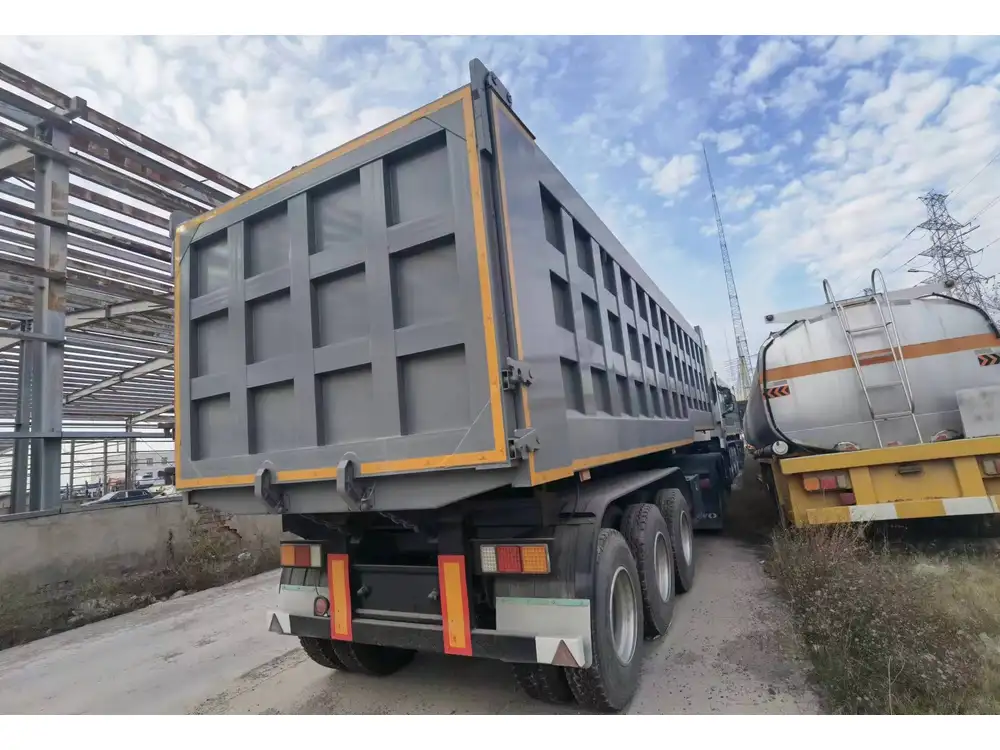
Pre-Coupling Preparations
Before coupling, there are several essential steps to ensure the process goes smoothly:
1. Perform a Safety Inspection
Conduct a thorough inspection of the tractor and trailer to ensure safety and functionality:
- Check the Brake System: Confirm that brakes on both the tractor and trailer are functioning properly.
- Inspect the Coupler Plate: Ensure there is no debris, damage, or corrosion on the fifth wheel.
- Examine the Kingpin: Make sure the kingpin is intact and free of any debris.
2. Aligning the Trailer and Tractor
Proper alignment is crucial for a successful coupling:
- Positioning: Back the tractor towards the trailer, ensuring the fifth wheel is directly aligned with the kingpin.
- Spotter Guidance: If available, employ a spotter to assist in alignment, minimizing the risk of misalignment.
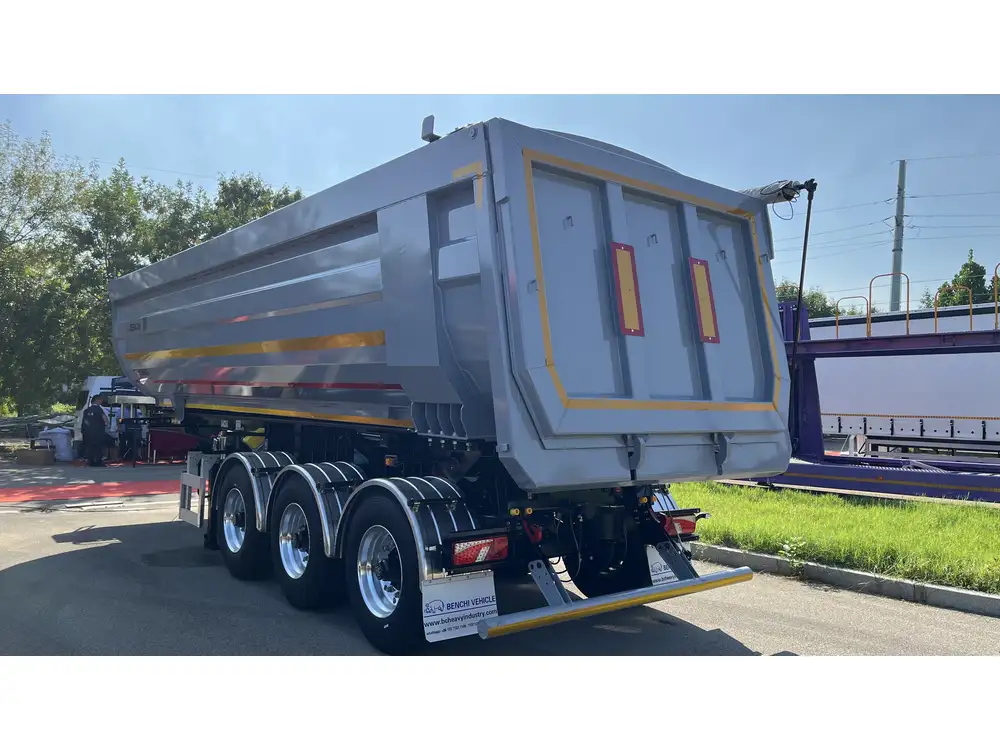
Step-by-Step Coupling Procedure
Once preparations are complete, follow these steps to couple the semi-trailer correctly:
Step 1: Begin Backing Up
- Shift into reverse and back the tractor slowly towards the trailer while maintaining awareness of distance and alignment.
Step 2: Engage the Fifth Wheel
- Kingpin Entry: As you back up, the kingpin should slide into the opening of the fifth wheel. You’ll feel a slight bump when it engages.
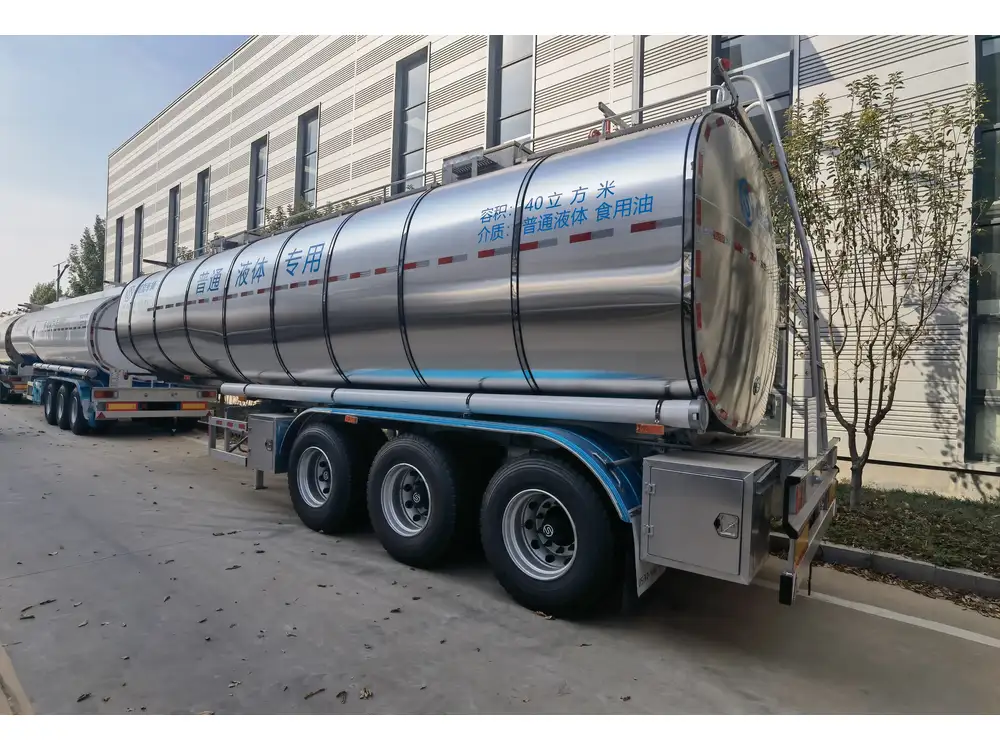
Step 3: Lock the Mechanism
- Listen for the Click: Ensure the locking mechanism engages solidly. If audible, listen for a click, indicating proper locking.
Step 4: Verify the Connection
- Visual Inspection: Walk around and visually check that the connection appears secure and the locking mechanism is entirely engaged.
- Pull Test: Gently pull the tractor forward without fully releasing the brakes to see if the trailer is securely coupled.
Step 5: Connect Electrical and Air Lines
- Electrical Hookup: Connect the electrical harness from the tractor to the trailer, ensuring lights and signals will work correctly.
- Air Supply: Connect the glad hand air lines, allowing air to flow from the tractor to the trailer brakes.
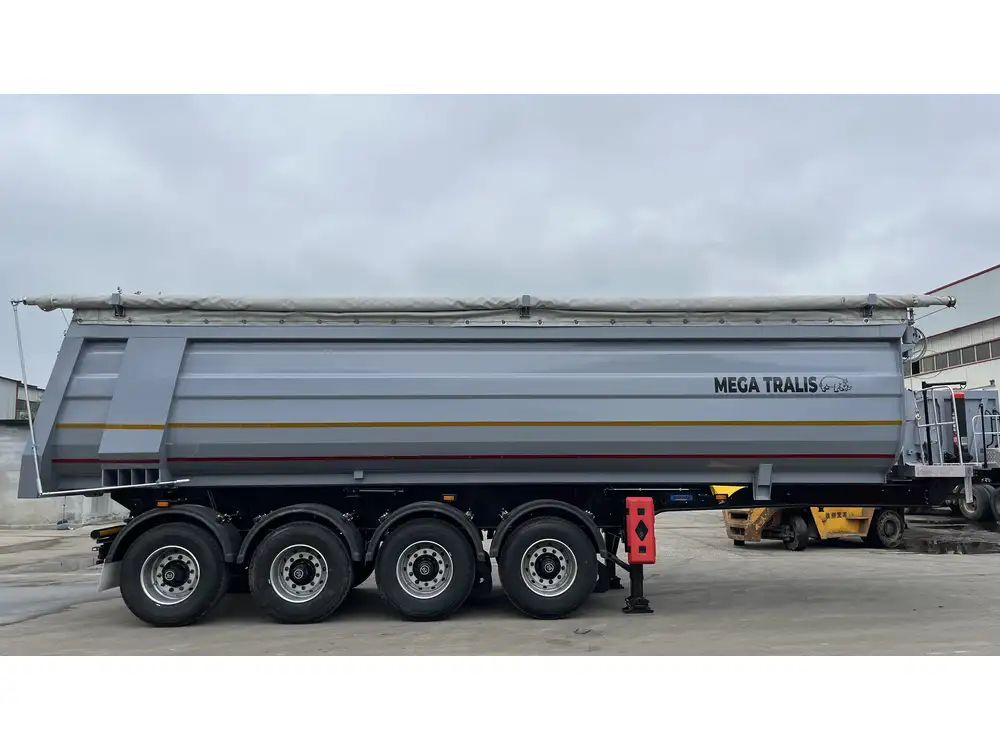
Step 6: Secure Safety Chains
- Attachment: If applicable, attach safety chains from the trailer to the tractor before driving away as a fail-safe.
Post-Coupling Checklist
After successfully coupling the trailer, consider performing this checklist to guarantee safety:
| Task | Status |
|---|---|
| Brake Systems Functional | [✔] |
| Kingpin Secured | [✔] |
| Lights Operational | [✔] |
| Air Brakes Engaged | [✔] |
| Safety Chains Attached | [✔] |
Common Coupling Issues and Troubleshooting
While coupling appears straightforward, various issues can arise. Here’s a breakdown of common problems and solutions:

Misalignment
- Symptoms: Difficulty in coupling, grinding noises.
- Solution: Adjust the position of the tractor. Make small movements until the kingpin easily engages the fifth wheel.
Weak Locking
- Symptoms: The locking mechanism doesn’t engage fully.
- Solution: Inspect the locking mechanism for debris or damage. Clear any blockages and attempt to couple again.
Air Leaks
- Symptoms: Air brakes do not engage or function properly.
- Solution: Check and replace any faulty glad hand connections or air lines.
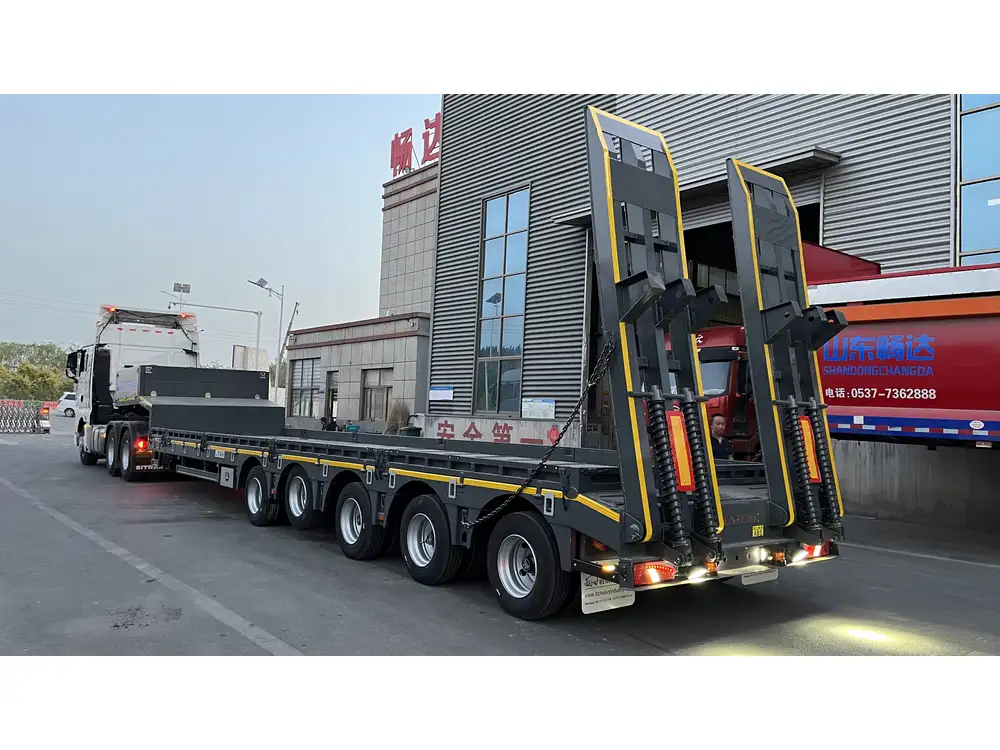
Electrical Failures
- Symptoms: Trailer lights not functioning.
- Solution: Inspect connections, wiring, and replace any damaged or corroded components.
Safety Tips for Coupling a Semi-Trailer
Adhering to safety protocols during the coupling process is non-negotiable. Here are some critical safety measures:
- Use Proper Gear: Wear safety gloves and steel-toed boots to protect against injuries.
- Maintain Awareness: Always be aware of your surroundings, especially when other vehicles are maneuvering nearby.
- Communicate: Use clear signals or hand gestures with spotters or co-workers involved in the coupling process.
- Stay Calm: If anything seems off or raises concern, stop and reassess the situation before proceeding.
Frequently Asked Questions (FAQs)
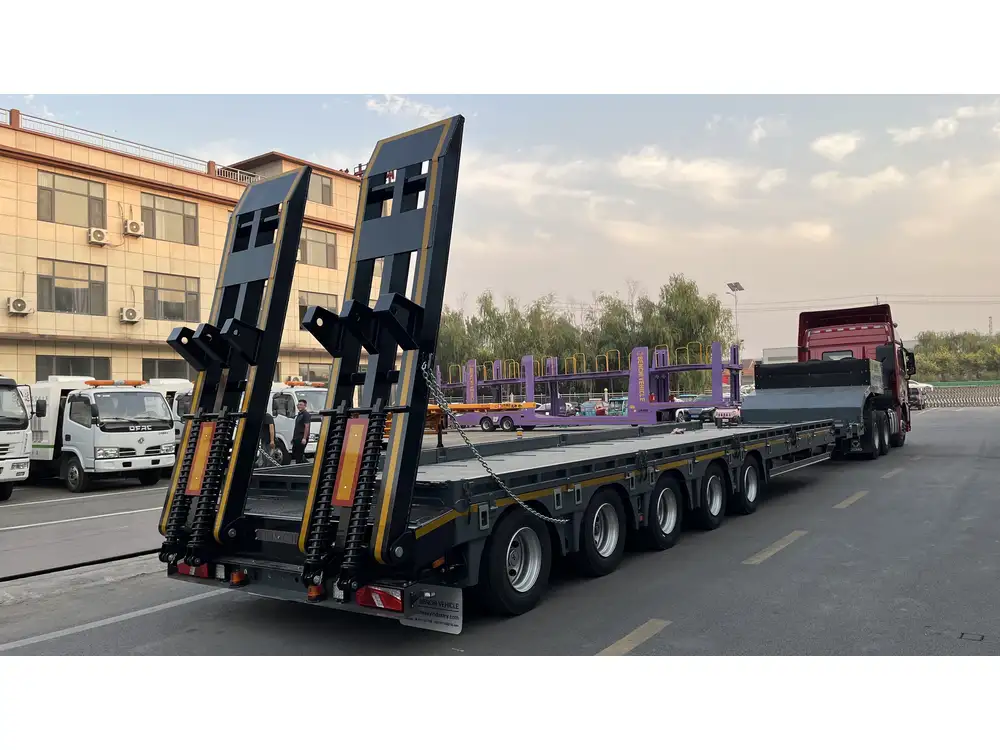
1. How can I determine if my trailer is properly coupled?
Proper coupling can be confirmed through a visual inspection and a tug test. Ensure that the locking mechanism is engaged, and check for wobbling or movement after completing the pull test.
2. What should I do if my kingpin won’t engage?
If the kingpin does not appear to engage, try repositioning the tractor and adjusting the angle. Ensure that the fifth wheel is correctly lubricated and free of obstructions.
3. What are the risks of improperly coupling a semi-trailer?
Improper coupling can result in dangerous accidents, including separation while driving, trailer sway, and premature wear of coupling components, leading to costly repairs and safety hazards.
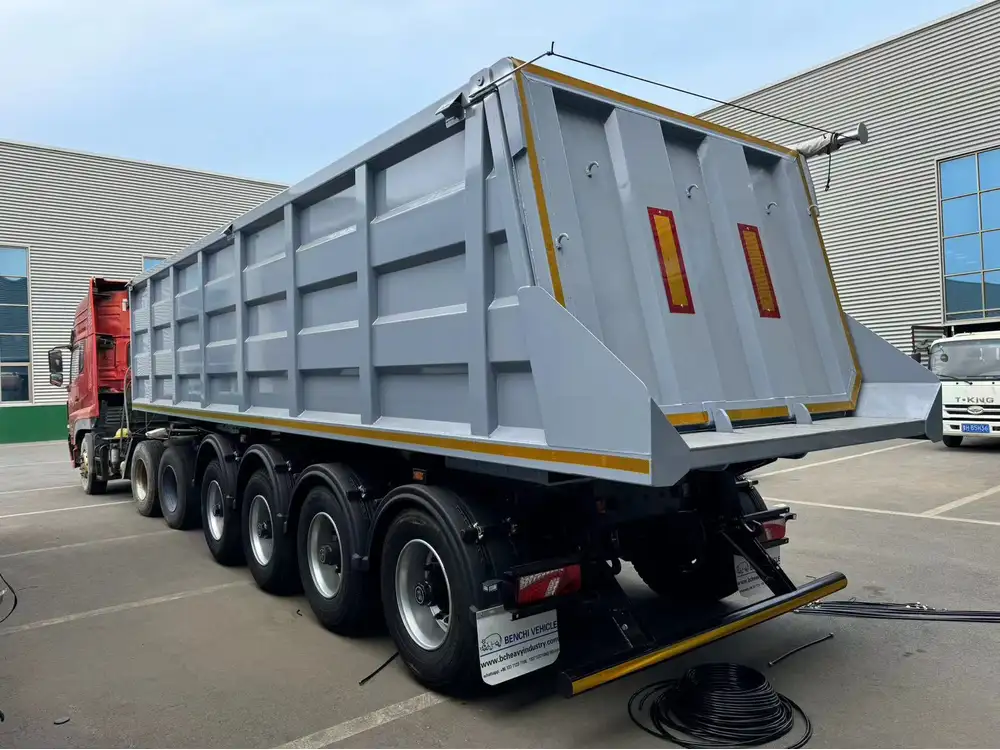
4. How often should I inspect the coupling mechanism?
Regular inspections before each coupling are critical, but a comprehensive review should occur at least once a month or per operational guidelines.
Conclusion
Mastering the art of coupling a semi-trailer encompasses understanding, preparation, and execution. By meticulously following the guidelines outlined in this article while continuously prioritizing safety, efficiency, and precision, operators can significantly reduce the risk of accidents and improve their operational workflow.
Incorporate these practices into your routine to ensure that every coupling is executed safely and successfully. Awareness, attention to detail, and proactive measures are your best allies on the road. Remember, the foundation of a successful trucking operation often begins with a well-coupled trailer.



